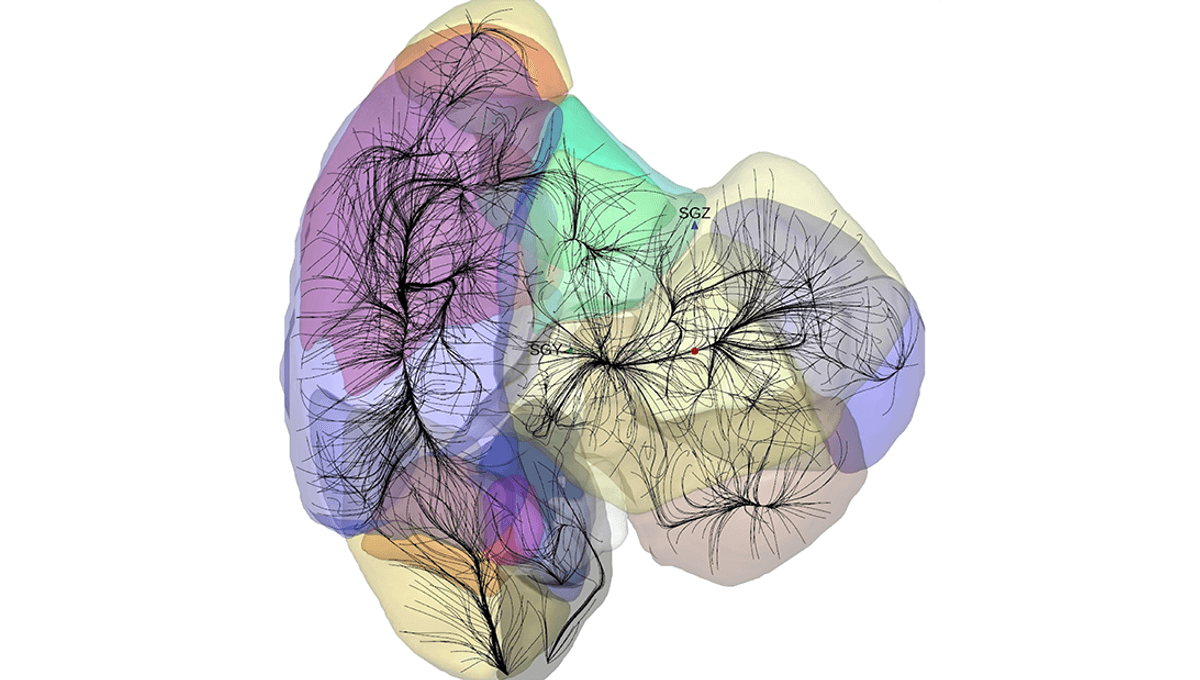Why this is important:
Given what we see in the cosmic microwave background, the first light we can detect after the inflation of the universe, structures can only grow so large within our current models. Yet this, and other similar discoveries, appear to be larger than our current models predict.
The video in the article is really interesting. It gives a great view of how much we know about the space around us.
For context, this video: Laniakea: Our home supercluster was the state-of-the-art map in 2014. It looks like our knowledge in this area has really expanded incredibly in the last 10 years.
Also more detailed video from the academic team: Laniakea Supercluster
Astronomers have found that our galaxy, the Milky Way, may be a tiny part of an even larger local structure than we thought. The research, if confirmed by further observations and studies, may be evidence that we haven’t quite nailed down our model of the evolution of the universe.
As we study the universe more, we have found ourselves to be part of much larger structures, formed by gravitational interactions. We orbit the Sun, the Sun is part of the Milky Way, and the Milky Way is part of the Local Group, which includes several small galaxies as well as Andromeda, of “it may collide with us” fame.
But it doesn’t stop there. The Local Group is on the outer edge of the Virgo Supercluster, which is itself part of a giant basin known as Laniakea. According to the new study, Laniakea too resides within a larger “basin of attraction” (BoA) potentially 10 times its volume.
…
Pretty sure our entire universe is just a cell of a larger something. Or were in a simulation. Either way.
“Everything is just a small version of something big!”
Finn
Exactly. Infinitely large, infinitely small.
As above so below.
I’ve thought this for ages myself also. Loved it when Men In Black kinda memed it also lol
It’s a giant brain.
Thorsquint.jpg
Your mama




